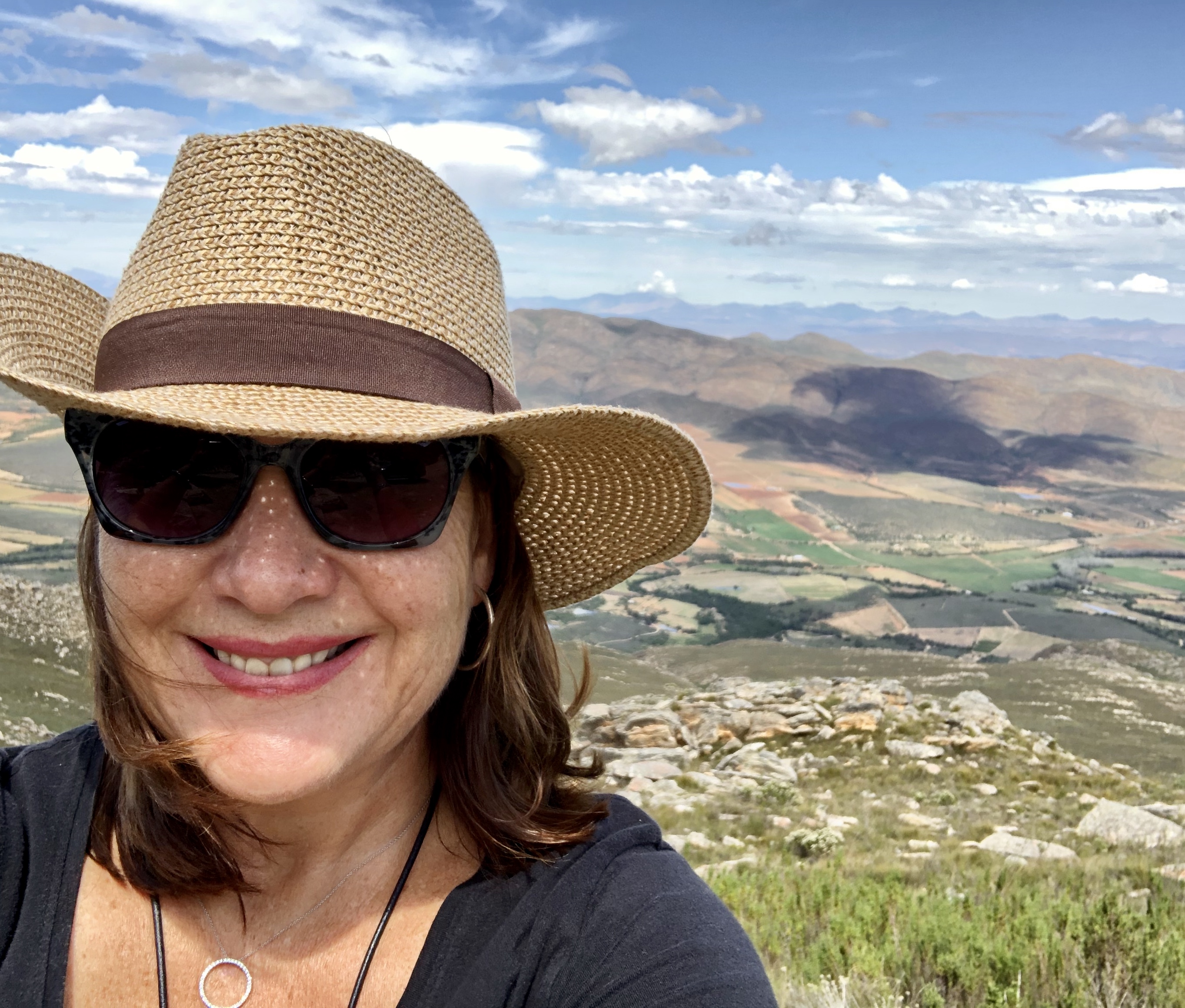A tale of fleeting flowering Ferraria
- Mel Woodhead

- Sep 9, 2021
- 3 min read
Updated: Sep 10, 2021
Ferraria feliosa
The bizarre and unique Ferraria foliosa - the "Starfish Iris" - looks like it crawled out of the sea and found a home for itself on sandy land. This Iris (Iridaceae) relative is native to coastal areas of the Cape in South Africa, has beautifully intricate blooms with frilly edges, like a psychedelic throw-pillow from the 1960s.
There are 14 species of Ferraria in Southern Africa, of which eight species with three varieties occur in Namaqualand. Ferraria is a genus of monocotyledonous flowering plants in the family Iridaceae, native to tropical and southern Africa and this one I found growing in my sandy garden on the West Coast of South Africa.
I first came to learn of it a few years back when encountering it on a fynbos walk. Since then I have eagerly anticipated seeing it each year during the wildflower season on the West Coast and Namaqualand.

Ferraria are herbaceous corm-bearing plants growing to 30–45 cm tall. Some species have an unpleasant scent similar to rotting meat and are pollinated by flies, while others have a pleasant scent.
Found in deep coastal sand, from just above the high-water mark to 15 km inland, on the Coastal Plain and southwards to Elands Bay.
The genus name Ferraria is a tribute to Italian Jesuit Botanist and botanical artist Giovanni Baptista Ferrari.
Common names for Ferraria include Spinnekopblom, Krulletjie, Spider Flower, Starfish Lily.

Ferraria foliosa is a deciduous perennial plant, grows up to 80 cm high, with a corm.
The basal leaves are linear and diamond-shaped in cross-section, with a thickened midline; the leaves on the stem spread horizontally and are channelled without a central vein

The velvety, spotted, dark maroon or dark purple flowers have an unpleasant, mouldy odour - to attract pollinators.
With trepidation I thought I would have to just sniff the flower - I am happy to report that this particular plant does not emit an foul smelling odour, but rather smells of old vanilla essence; I guess that some could find it offensive!
The flowers are borne on a stalk with many branches arranged in a clockwise fashion. The plant flowers for almost two weeks, but each flower remains open for only one day; it flowers from August to October.

Did you know...
Ferraria bulbs were introduced into Dutch gardens about a dozen years before van Riebeeck's arrival at the Cape in 1652.
Giovanni Battista Ferrari (1584-1655), Italian botanist, entered the Jesuit order in Rome in 1602 and was a horticultural advisor to the papal family. He was the first scientist to provide a complete description of the limes, lemons and pomegranates and their use in preventing scurvy.

Research credit: Wildflowers of Namaqualand - A botanical society guide. p71
How to see a Ferraria foliosa in the wild?
The Cape Discovered specialises in tailor-made itineraries and destination management with the emphasis on personalised travel, tours and safaris in South, Southern and East Africa.
Ferraria flower during the short wild flower season and can be encountered whilst walking amongst the wild flowers in various areas. Wild flower tours are seasonal on the West Coast and Namaqualand of South Africa and only available for the months of August and September and very much dependent on good winter rains.
Apart from private day tours we also offer short overland tours of 3-4 days to Namaqualand - we call these our Flower Power Spectacle Tours - where transportation, accommodation with three meals, wine tastings and pairings, local excursions, are all included in the cost. All you need to bring is your camera!
If you are interested in future participation in one of our Flower Power Spectacle Tours, and would like to find out more, please leave your name below to be
updated on new tour dates, itineraries and costs. Please also indicate if you would like sharing or single accommodation.


Comments